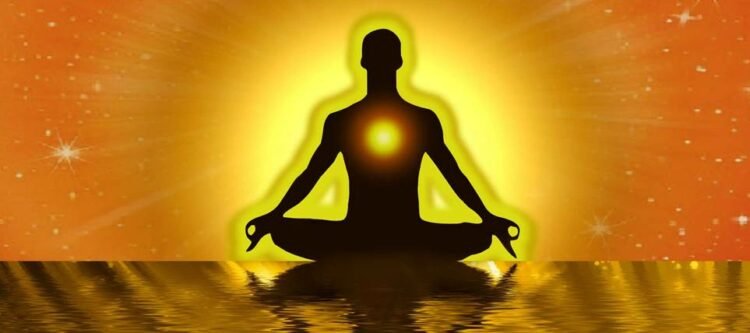By Pavan Kaushik
“Yoga” has its mention in the Rig Veda, the holiest and the sacred texts of Hinduism. According to a report released by the Indian Government, the earliest theory of yoga originated in the Indus-Saraswati Civilization around 2,700 BC. It is an art form where the mind, body and the soul are connected and act as one single entity. Although, people are divided by their own reasons for performing yoga, but the benefits it has on everyone’s mind, body and the soul is well justified.
Some would like to debate that Yoga is an extension of Law of Physics and is deeply connected with the gravitational force of the planet. Are the balancing of Yoga postures and stretches indicate the pull and push alignment with the inevitable gravitational force of the planet? Is Yoga deeply connected with law of motion of physics?
Many postures require balancing of body on single feet, some require balancing of body on the head, some postures relate to balancing of body on both hands and some even are carved like ‘Dhanu Aasan’ to again balance in accordance to gravitational force. Even the alignment of seven-chakras in the body are deeply connected with the gravitational force. Even the Acro Yoga poses, such as plank on plank, plank press, folded leaf, front plank, partner forward folds, foot to hand, chair pose on shins, jedi plank etc. follow the laws of motion.
Is it true that the simple yoga posture such as ‘Kapal Bharti’, ‘Surya Namaskar’ or ‘Padmasana’ that involve a well patterned breathing exercise, is more to do with law of physics? Our breathing pattern is connected with our state of body & mind, and conscious & deep breathing calms them down.
Will it be wrong to say that Yoga has its roots in the law of motion of physics – as it is a science too?
(Pavan Kaushik is a leading communicator, storyteller and writer)






